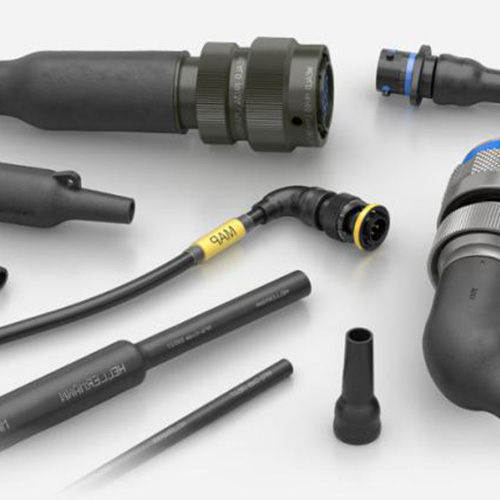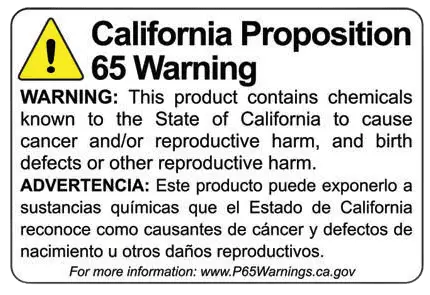 Heat shrink shapes and traditional insulation are both widely used for protecting and insulating cables, wires, and other components, but they differ in their applications, materials, and benefits. Here’s a comparison to help understand their differences:
Heat shrink shapes and traditional insulation are both widely used for protecting and insulating cables, wires, and other components, but they differ in their applications, materials, and benefits. Here’s a comparison to help understand their differences:
1. Definition
- Heat Shrink Shapes: Pre-formed polymer components, such as tubing, boots, end caps, or molded parts, that shrink when heated to form a tight, protective seal around an object.
- Traditional Insulation: Materials like electrical tape, fabric wraps, or non-shrinking tubing are designed to insulate and protect electrical components.
2. Material and Design
- Heat Shrink Shapes: Made from heat-sensitive materials like polyolefin, PVC, or fluoropolymers. These materials are pre-extruded or molded and designed to contract under specific heat conditions.
- Traditional Insulation: Includes various materials such as rubber, vinyl, or cloth. They are often applied in their final form without the need for heat activation.
3. Application
- Heat Shrink Shapes:
- Shrink onto components using heat guns or other heat sources.
- Ideal for creating a secure, custom-fit insulation layer.
- Commonly used in high-performance environments like aerospace, automotive, or telecommunications.
- Traditional Insulation:
- Wrapped or fitted directly onto components.
- Simpler application, often without special tools.
- Suitable for general electrical insulation and repair.
4. Protection
- Heat Shrink Shapes:
- Excellent protection against moisture, dust, chemicals, and physical abrasion.
- Forms a watertight and durable seal when properly applied.
- Offers enhanced strain relief and mechanical support.
- Traditional Insulation:
- Provides basic protection against electrical currents and some environmental factors.
- Less robust against physical wear, moisture, and chemical exposure compared to heat shrink.
5. Durability
- Heat Shrink Shapes:
- Highly durable and resistant to harsh environments.
- Better suited for applications requiring long-term reliability.
- Traditional Insulation:
- May degrade faster under extreme conditions.
- Works well for temporary or low-stress applications.
6. Customization
- Heat Shrink Shapes:
- Available in various shapes, sizes, and colors for specific applications.
- Can be tailored to fit unique configurations or designs.
- Traditional Insulation:
- Limited customization, often requiring manual adjustments during application.
7. Cost and Efficiency
- Heat Shrink Shapes:
- Higher upfront cost due to specialized materials and application requirements.
- Reduces labor time in some cases due to its ease of installation once heated.
- Traditional Insulation:
- Lower cost and widely available.
- May require more time for precise application and maintenance.
8. Use Cases
- Heat Shrink Shapes:
- Aerospace and defense: Protecting components from extreme temperatures and conditions.
- Automotive: Insulating and sealing wiring harnesses.
- Telecommunications: Protecting fiber optic splices.
- Traditional Insulation:
- Household electrical repairs.
- Basic wiring tasks in non-extreme environments.
- Temporary fixes or installations.
Conclusion
Heat shrink shapes are ideal for professional applications requiring robust protection, customization, and durability in challenging environments. Traditional insulation is better suited for simpler tasks, temporary solutions, or environments with minimal wear and tear. Your choice depends on the application, environmental factors, and performance requirements.


